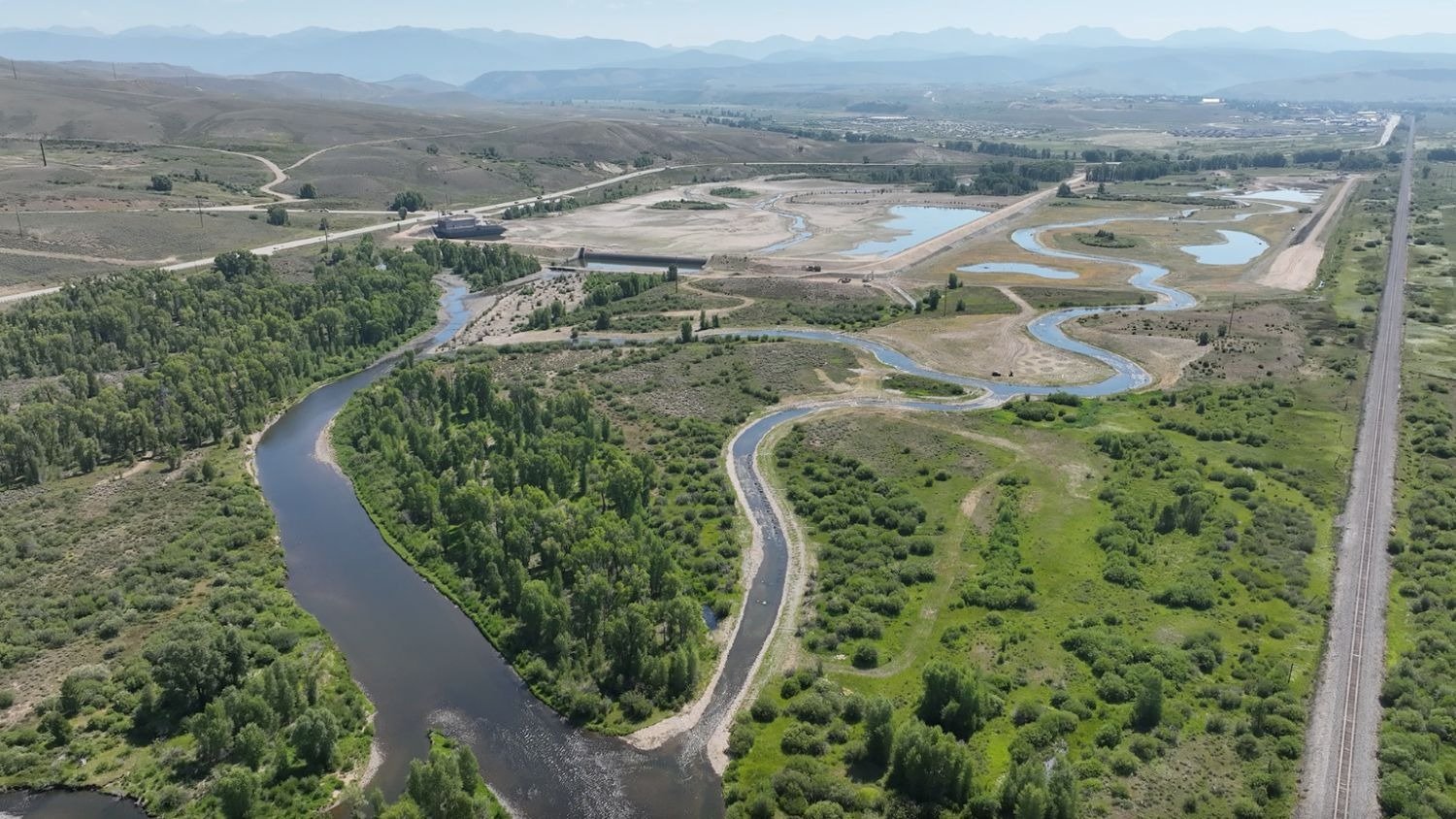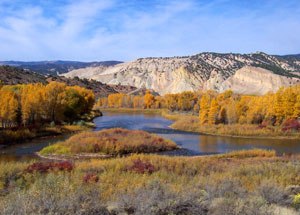Today, [Senator] Mark Udall spoke on the Senate floor about the ongoing pollution occuring at abandoned hardrock mines across the West, raising the issue to gain support from his colleagues to find ways for Good Samaritans to clean up those contaminated sites without assuming full legal liability for contamination they did not create. Last week, Senator Udall sent a letter specifically asking the EPA for a policy that gives Good Samaritans some legal certainty for abandoned mine cleanups. Senators Michael Bennet of Colorado and Barbara Boxer of California also signed the letter."Hardrock mine pollution is a terrible reminder of irresponsible mining in the West. Where Good Samaritans are willing and able to responsibly clean up pollution, leaving our treasured landscapes and watersheds better than they were before, we should do everything we can to support them," Udall said. "Good Samaritans are too valuable of a resource to keep on the sidelines. Congress should do what is necessary to bring their efforts to bear on the cleanup of abandoned mine pollution," Udall concluded in the speech. "Good Samaritans can't solve all of our abandoned mine pollution problems, but we can't afford to turn away those willing to help any longer." The mines pollute watersheds and endanger the health of communities and wildlife that depend on the clean water downstream. Udall has advocated for a fix to this problem since his days in the House. In 2009, Udall introduced the Good Samaritan Cleanup of Abandoned Hardrock Mines Act in the Senate (S.1777), which would free Good Samaritan volunteers to help clean up abandoned mines without taking on the liability. Since then, Udall has met with Good Samaritan groups to discuss their efforts, and he continues to work with the EPA to find a way to legally protect these groups that are willing and able to responsibly clean up polluted sites around the state. Please contact Tara Trujillo or Jennifer Talhelm at 202-224-4334.
Watch the video of Senator Udall's speech
Below is text of the speech as prepared for delivery: Mr./Madam President, I have come to the Floor today to talk about an environmental problem that affects many parts of Colorado as well as other Western states: abandoned hardrock mines. These mines pollute thousands of miles of streams and rivers in America with a toxic soup of heavy metals, including arsenic, lead and mercury. This pollution impairs drinking water and kills aquatic and plant life for miles downstream. This is a problem that does not get enough attention in Congress. It is my hope that by speaking today I can spur this body and the administration to take greater steps to help solve the problem. I invite my colleagues to join me in this effort. First, a little background: Starting in the 1800s, miners flocked to the West in search of fortune following the discovery of precious minerals like gold, lead, copper and silver. They settled in places with names like Leadville and Silverton and Gypsum. Mining became an important part of our history, settlement and development in Colorado. But it also left a deadly and dirty legacy. When a claim was mined for all it was worth, the miner frequently packed up and left without a thought about the lasting problems the mine would cause. This was an era before modern mining laws that hold miners accountable for their impacts on the land. In many cases, it is impossible to identify today the persons responsible for the vast majority of these abandoned mines. The Government Accountability Office estimates there are over 160,000 such abandoned hardrock mines in the West: 73 hundred are in Colorado, 47 thousand are in California, and another 50 thousand are in Arizona. Today, highly acidic water still drains from these mines, polluting entire watersheds. Following the logic that a picture is worth a thousand words, I want to show my colleagues what acid mine drainage looks like. This is the Red and Bonita mine in San Juan County, Colorado, near Silverton. For scale, note the pickup truck on the left hand side. Over 300 gallons of water drain from this mine every minute. The water is contaminated with all kinds of heavy metals that produce the orange and red streaks you see here. Highly acidic water flows into Cement Creek and eventually into the Animas River, impairing water quality and aquatic life. For a region of Colorado that thrives on tourism, including angling, this situation is extremely harmful. From EPA data we can conservatively estimate that over 10 thousand miles of streams and rivers and nearly 350 thousand acres of lakes are impaired in this country as a result of acid mine drainage. So, what is being done? For one, at those sites where a responsible party can be identified, the federal government has tools at its disposable to hold them accountable. Also, the federal land management agencies have a variety of programs that mitigate abandoned hardrock mine pollution. However, the efforts I want to focus on today are those undertaken by a third category of people - entities that had no role in creating the pollution at an abandoned mine yet want to make the site better. Appropriately enough, we refer to these entities as Good Samaritans. One such Good Samaritan is the Animas River Stakeholders Group in southwestern Colorado. They are working to find solutions to clean up the Red and Bonita Mine. Often these Good Samaritans are non-profits whose mission is to restore the natural environment. Sometimes they are community groups who want to improve their cities and towns. Sometimes they are mining companies looking to be good stewards in the communities they operate. And sometimes they are state and local governments. Take, for example, the Tiger Mine near Leadville, Colorado. This picture was taken before any remediation actions were taken. You can see the piles of mine waste and drainage coming from the mine flowing beside it. At peak flows, as much as 150 gallons per minute of water contaminated with cadmium, copper, lead, zinc and iron flows out of the Tiger Mine. Some remediation work has already been completed, as you can see in this second picture. The mine waste was moved out of the way, capped and revegetated. And ditches were put in above the mine to divert surface water runoff and further reduce contamination. You can also see in this picture that four pits have been dug below the mine. This represents the next phase of the cleanup being led by Trout Unlimited - another Good Samaritan. Eventually, these pits will become what is known as a sulfate-reducing bioreactor. As the presiding officer knows, I was not a chemistry major. I won't attempt to describe how this thing works. But the end result is a good thing: acid mine drainage flows in and cleaner water flows out. However, Trout Unlimited has run into a problem that has frustrated many Good Samaritans. The bioreactor counts as a point source of pollution. Therefore, before Trout Unlimited can turn the bioreactor "on," they must obtain a Clean Water Act permit. Trout Unlimited cannot meet the stringent permit requirements without investing in far more expensive water treatment options. Nor can they afford to assume the liability that comes with a permit. As a result, the bioreactor sits unused. Federal law is, in effect, sidelining some of our best hopes for remediation. I have tried for several years to give Good Samaritans some relief. I have introduced legislation every congress since 2002 that creates a unique permit specifically for this kind of work. Unfortunately, I haven't been able to convince enough of my colleagues just how good an idea this is. But I will keep trying. In addition, I have been working with Senator Boxer to encourage EPA to better use the administrative tools they have at their disposal. Good Samaritans report to me that administrative tools have been cumbersome to use so far and don't offer the full Clean Water Act protection they need. So Senator Boxer and I, along with Senator Bennet, have asked EPA to make this tool more accessible to Good Samaritans. And last week we asked the agency to provide Good Samaritans with assurances they will not be subject to enforcement for appropriate actions taken to clean up acid mine pollution. I am grateful for the work EPA has done to focus on these issues and for Senator Boxer's leadership. Good Samaritans are too valuable of a resource to keep on the sidelines. Congress should do what is necessary to bring their efforts to bear on the cleanup of abandoned mine pollution. Good Samaritans can't solve all of our abandoned mine pollution problems. But we can't afford to turn away those willing to help any longer.









